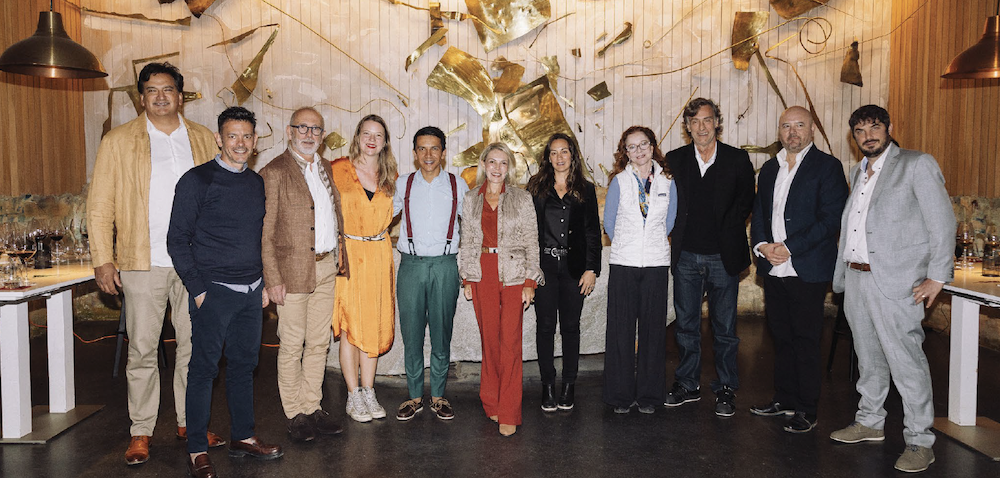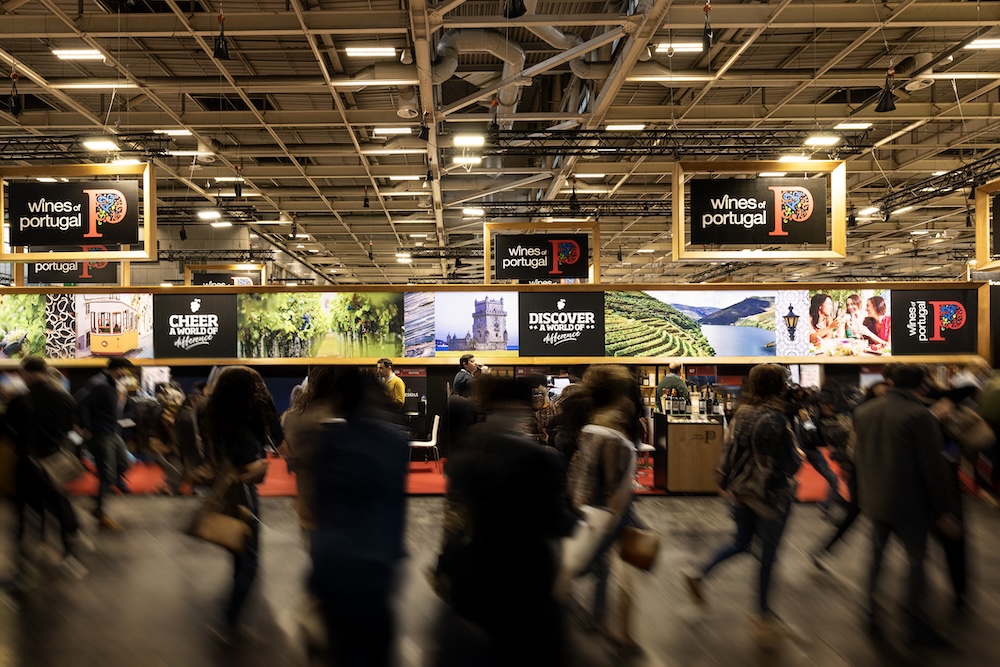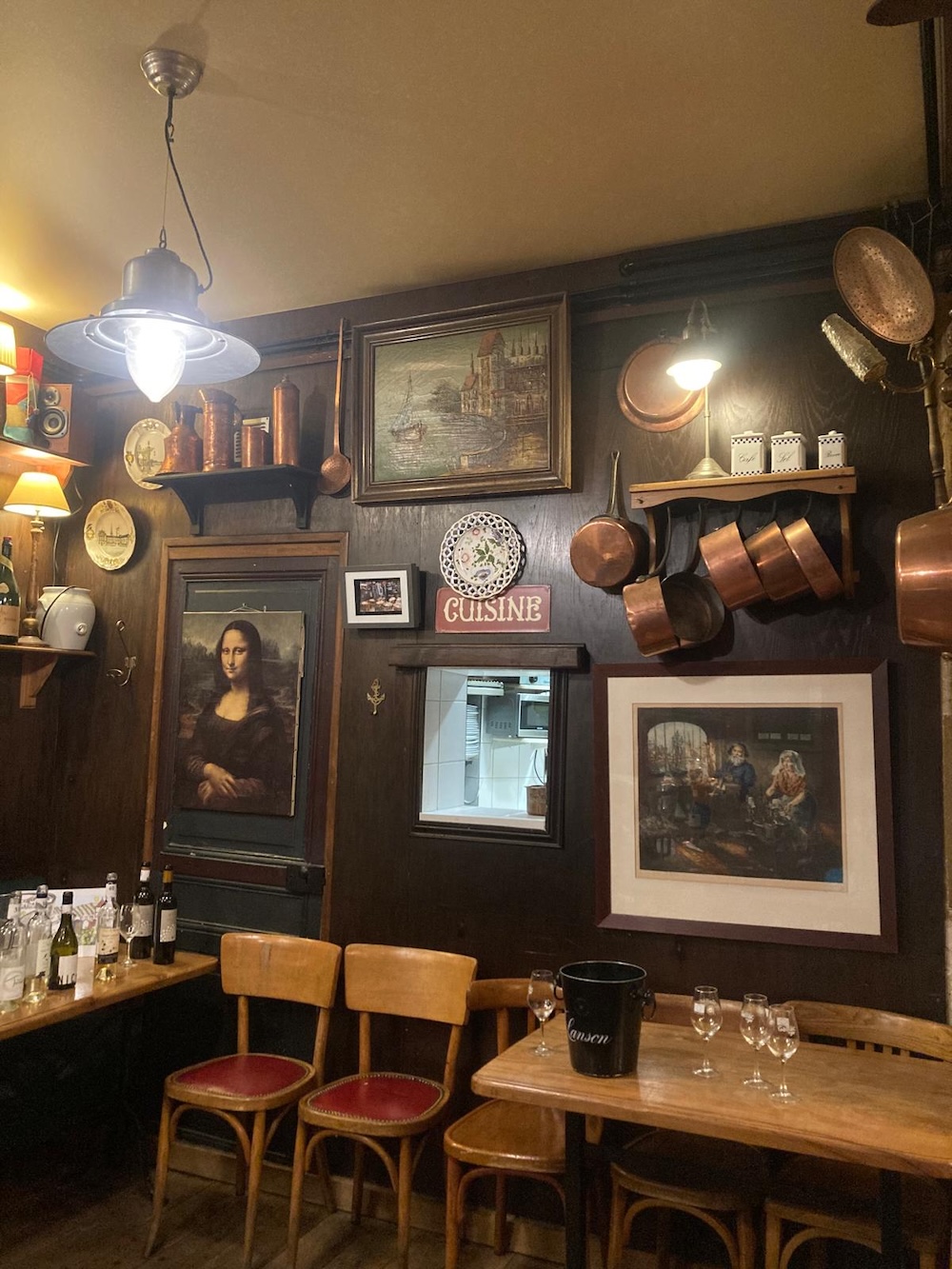
Discovery

Discovery
By Francesco Saverio Russo - Photographs: courtesy of the estates, posted on 01 February 2022
Puglia is one of the regions in southern Italy which has carved out a reputation for itself in recent years for both its quality and its identity, drawing on a winning combination of both native and international grape varieties.
Although Primitivo (Zinfandel), Negroamaro and Nero di Troia are the varieties which most frequently represent the region in the domestic and international markets, the range of Puglian grapes is in fact much broader and includes native grape varieties such as the lesser known Bombino Nero, Malvasia Nera, Aleatico, Sussumaniello and Ottavianello (Cinsaut), as well as Montepulciano, Sangiovese and Aglianico and international cultivars Merlot and Cabernet-Sauvignon. White grapes from the region include Bombino Bianco, Malvasia Bianca, Verdeca, Bianco d'Alessano and Pampanuto, as well as Fiano, Moscato Bianco and Chardonnay.

The Puglia wine region is divided between hills and plains. Starting in the north, the Gargano area is a promontory of limestone and eruptive rocks, with slopes clad in Mediterranean scrub. Heading south you encounter the Tavoliere area, in the province of Foggia, with its sandy-clay alluvial soils. This is followed by Murgia, a very extensive area with soils of limestone agglomerates, which extends across the provinces of Barletta-Andria-Trani, Bari and Brindisi. Lastly is Salento, a very fertile, cool zone with limestone soils, located in the province of Lecce and partly extending into Brindisi and Taranto. The total area under vine is approximately 85,000 hectares, some 75% planted to red grape varieties.
The real revolution in Puglian wine, however, cannot be expressed in numbers, but in the work of forward-thinking producers who have moved beyond the principles of quantity and deeply-coloured, structured wines (a legacy of the era when Puglian wines were considered to be blending wines) to embrace a more sensitive approach to the region through the use of typical vines and long-standing training systems. This includes the use of the ‘Alberello’ system, which has been used for thousands of years and features in the writings of the Roman authors Pliny the Elder, Horace and Tibullus. Puglia has always been a very important supplier of wine and oil, producing products strongly linked to its tradition and culture which, today, are finally getting the recognition they deserve.

The Puglian designations are: Primitivo di Manduria dolce natural Docg, Castel del Monte Bombinonero Docg, Castel del Monte Nero di Troia and Castel del Monte Rosso Riserva Docg; Aleatico di Puglia Doc, Alezio, Barletta, Brindisi, Cacc'e Mmitte di Lucera, Castel del Monte, Copertino, Galatina, Gioia del Colle, Gravina, Leverano, Lizzano, Locorotondo, Martina or Martina Franca, Matino, Moscato di Trani, Nardò, Negro Amaro di Terra d'Otranto, Orta Nova, Ostuni, Primitivo di Manduria, Rosso Barletta, Rosso di Canosa, Rosso di Cerignola, Salice Salentino, San Severo and Squinzano, Tavoliere delle Puglie and Terre d'Otranto. These are complemented by the IGTs Puglia, Daunia, Murgia, Puglia, Brindisi, Salento, Tarantino and Valle d'Itria.
Puglia boasts very varied soil types with an extensive footprint which is perfect for wine growing. The defining factor is the climate – this region is one of the sunniest in Italy and Europe. The sea also plays a fundamental role since Puglia is surrounded by over 800 kilometres of coastline. These factors can be combined with altitude, which can reach over 400 metres above sea level.
From a winemaking perspective, the wines range from the traditional method to passiti (dessert wines made from partially dried grapes) and natural sweet wines to full-bodied, elegant reds and fresh, fragrant whites. Puglia is also the cradle of Italian rosé wines, and produced Italy’s first rosé in 1943.
Boasting a wide variety of soil types, vine varieties, local knowledge and ancient traditions, Puglia is one of the most interesting regions on the Italian wine scene. The following are some excellent examples of what the region has to offer.
The Amastuola winery is one branch of the Kikau group, a company founded in 1984 by Giuseppe Montanaro, who runs it with his wife Rosaria and children Ilaria, Donato and Filippo with their respective spouses Giuseppe, Anna and Raffaella. They are united by their ability to innovate while respecting history and tradition.
Known for its vineyards grown in "wave" formations which have been the subject of international studies and awards, the winery combines production, aesthetics and tradition.
It is located behind the Valle d'Itria heading towards the sea, around the Arco Ionico area. The climate is Mediterranean, with temperatures mitigated by the proximity of the sea and frequent sea breezes which promote healthy vines. The area tends to be flat, with low-lying hills inland, where the soils ('red earth') are mainly limestone-clay. This is prime Primitivo land. The vines, which are mostly bush-trained, grow vigorously, ripen early and the fruit tends to develop high alcohol content. Negroamaro is also significant and suited to the local climate and soils, as is Aglianico and some white varieties including Fiano di Puglia and Malvasia.

At Amastuola, the feeling is that the perception of Puglian wine has improved considerably over the last twenty years, as more and more wineries have focused their efforts on producing quality wines. Demand for the region’s wines, especially for Primitivo, has grown, so much so that Primitivo is now one of the most popular wines in the world. Amastuola produces about 200,000 bottles for its main markets that are the EU, Canada, USA, China and Japan.
Conti Zecca, located in Leverano, is one of Puglia’s long-standing wine producers – it was founded in the 1930s. Today, the company is run by the four Zecca brothers Alcibiade, Francesco, Luciano and Mario with his son Clemente. Their mission is to preserve tradition and their strong identity while also innovating, drawing on their strength of character and vision.
Conti Zecca is an independent winery only making wine from its own grapes and overseeing the entire production chain first-hand. Sustainability is fundamental and its pest management protocols are certified SQNPI.
The vineyards owned by the family extend over 320 hectares in the province of Lecce, mainly in Leverano and Salice Salentino. Zoning has identified the best plots – totalling around 40 hectares – for premium wines.

In Leverano, the soils are shallower, more calcareous and suitable for white varieties. In places, however, there are dips where clay has accumulated due to alluvial activity making them ideal for growing red grapes. The micro-climate is characterised by the gentle influence of the sea breeze, which regulates temperatures, encouraging regular ripening.
In Salice Salentino, the soil is deeper and more clayey, with medium texture – it is richer in organic substance. This is the isthmus of land where the distance from the two seas, the Ionian and the Adriatic, is the shortest, and is therefore optimally influenced by the sea. Here, mainly black grapes are grown for full-bodied wines.
Salento is mainly home to Negroamaro and Primitivo, the grape varieties that probably spearheaded the rebirth of Puglian viticulture, but Conti Zecca also believes in white Malvasia and Moscato. Conti Zecca’s primary grape though is Negroamaro, which forms the backbone of several wines. The belief here is that the Puglia ‘brand name’ has gained a lot of traction in recent years thanks predominantly to tourism, which has put Puglia on the map as a top gourmet food destination. Tourists in particular have helped Puglian wine make its mark, enhancing it as a national and international brand through its strong regional ties.
The company produces approximately 2,800,000 bottles of wine, but its Conti Zecca 1580 – earmarked for top restaurants and wine shops – is released on a smaller scale of 200,000 bottles. 30% of production is shipped abroad, mainly to Germany and the English-speaking world, as well as Japan, China and Thailand. 70% of the wines though are sold in Italy, mainly in Puglia.
Cantine due Palme is an agricultural co-operative founded in 1989 by 10 members, rising to a current 1,000 or so members and over 2,500 hectares of vineyards in the provinces of Brindisi, Lecce and Taranto. Production is centred on Negroamaro, the flagship vine variety of Salento, which is used to make D.O.P. Salice Salentino, Brindisi and Squinzano. Production of D.O.P. Primitivo di Manduria is handled by the Cantina San Gaetano, in Lizzano, acquired in 2012 with the aim of being part of the D.O.P.
The Due Palme group also owns the Angelini winery in San Pietro Vernotico, Riforma Fondiaria and Produttori Agricoli in Cellino San Marco – where the grapes are raisined to produce passito – and lastly Cantina Arnesano.

The growers own land located in very different areas in the three provinces of Salento, with equally different characteristics. This not only promotes greater variety of expression but also minimises risks in the event of adverse weather such as hailstorms, torrential rain and frosts. Among its indigenous grape varieties, one in particular is currently highly successful – Susumaniello. The variety, which almost disappeared entirely, has been recovered by Due Palme and other companies that believed in the cultivar’s long-standing tradition. Issues with ripening and the demanding vineyard management techniques required had previously discouraged producers from growing it. But more modern techniques have resulted in wines that are rounded, ripe and distinctive. There are also some interesting experiments with local blends such as Primitivo and Aglianico or Vermentino with Malvasia Bianca, and international blends such as Primitivo and Cabernet-Sauvignon.
Due Palme is also the driving force behind one of the first Traditional Method sparkling wines in Puglia, a Negroamaro Blanc de Noir. Rosé is also a mainstay – its producers aim for lighter coloured wines that are more delicate and more dynamic to drink.
The winery’s production totals some 20,000,000 bottles distributed to over 40 countries in the off-trade and on-trade but since Covid-19, e-commerce has also been growing.
In 1998, Ernesto Rocca, the third generation of the family, bought a farm in Leverano, in the province of Lecce, spurred on by his love of Salento and winegrowing. This swathe of over 100 hectares is home to two twin farms: Vignali Grandi and Podere Don Cataldo. The business is named after the second of the two. The passion for the art of wine has now been passed down to the fifth generation.
The vineyards are located just a few kilometres from the Ionian coast and enjoy a Mediterranean climate which, combined with the very fertile soils, create a felicitous site for growing vines. The varietal range embraces native varieties Negroamaro, Primitivo, Nero Di Troia and Susumaniello; nationally-grown cultivar Vermentino (introduced in place of Chardonnay), and international varieties Syrah, Merlot and Cabernet-Sauvignon.
Obviously, the region’s identity is best expressed through its typical grape varieties.

Primitivo: ‘authentic and seductive’. A challenging grape variety from an agricultural point of view, it is invariably a real palate-pleaser. Despite the fact that it is the earliest-ripening native Puglian red grape variety, its sugar levels are always highly concentrated. The challenge is to achieve a balance between alcohol and acidity. This is made possible by early harvesting, generating full-bodied wines with great aromatic concentration and typical sweet notes.
Negroamaro: ‘elegant and velvety’. A generous vine variety, it is the symbol of the Salento area and offers velvety tannins, a full, rounded flavour and a surprising aftertaste of Mediterranean herbs.
Nero di Troia: ‘intriguing and vigorous’. A historic vine variety which is experiencing renewed purity. Austere and imposing, it combines a typical explosion of red and black fruit with notes of leather and undergrowth. The grape lends itself to maturing in wood, displays excellent acidity and therefore has a propensity to age.
Susumaniello: ‘rich and intense’. This is a recently rediscovered native grape. Although in the past it was known for its high productivity, when controlled, the variety has the ability to produce extraordinary aromatic concentration and epitomise the sunny Salento region. Maximum concentration and high alcohol content supported by excellent body make it one of the most interesting Italian native grape varieties.
The Rocca family mature almost all their red wines in large Slavonian oak casks for about 8 months, in a bid to enhance the unique characters of each native grape including their distinctive ripe fruit notes.
Oak barrels were selected for the Susumaniello grape, however, due to the bolder structure of the wine and they produced excellent results.

The Rocca family believes the perception of Puglian wine has changed a great deal in recent years, due to improved quality coinciding with greater interest in native grapes, especially in foreign markets. The charm of the native grapes has struck a chord with experts and non-experts alike in their search for something different and authentic. Wine tourism has acted as a catalyst for change, creating a strong connection between food and wine, combined with the experience of taking in vistas of clear water, vines and centuries-old olive trees.
Podere Don Cataldo produces some 160,000 bottles of wine exported to more than 40 destinations around the world such as Northern Europe, Benelux, Russia and Vietnam in addition to Italy. All of them are sold in the on-trade.
This estate lies in the heart of Puglia, in Cellino San Marco, a town in the hinterland of the province of Brindisi at the gateway to Salento. Here, Al Bano, the world-famous Italian singer, has created a small traditional village surrounded by woods, vineyards and olive groves, just 20 km from the city of Lecce and a few kilometres as the crow flies from both the Adriatic and Ionian Seas.
Love and respect for the land is a principle that Al Bano learned from birth. Born into a family of farmers, the singer has never lost those values, which are his main inspiration for producing his wines.
Winegrowing is a family affair and knowledge and vines have been handed down for generations. In fact, Al Bano Carrisi created his winery because of a promise he made to his father Don Carmelo. The wines produced are based on some of the most typical varietals in Puglia, such as Primitivo, Negroamaro and Salice Salentino along with Chardonnay and Aleatico.

Tenute Al Bano does not just produce around 1,500,000 bottles of wine, it is also a wine tourism oasis comprising the Hotel Felicità, the Don Carmelo Restaurant and the Tenuta Carrisi Spa. The winery, which forms the village’s hub, can be visited on one of a number of tasting tours through the oak barrels and bottles of wines laid down to mature. Al Bano is not a classic VIP vineyard investor because he actually grew up here, surrounded by vineyards and winemaking. In addition, he has consistently shown a sincere and strong dedication to producing wines which reflect the identity of Puglia and has focused on enhancing knowledge and awareness of the region's wine both in Italy and abroad.

Discovery

Discovery

Discovery